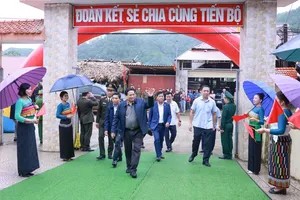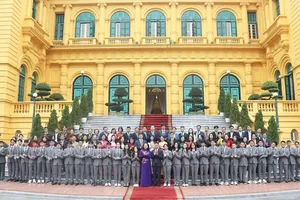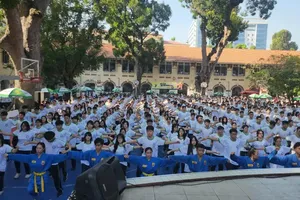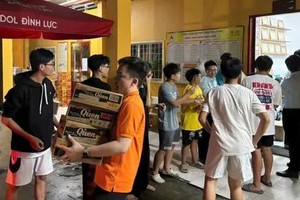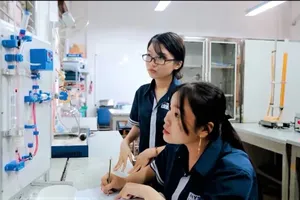The Chairman made the statement at the plenary meeting of the Council of Rectors of Universities in Ho Chi Minh City on the afternoon of March 4.
 |
HCMC Chairman expects universities to go along with HCMC’s development |
Accordingly, from the year 2023 on, the council will strictly implement the Politburo’s Resolution 24 on the development of the Southeast region and Resolution 31 on development directions for the southern largest city.
The above-mentioned resolutions have set strategic goals from now to 2025, 2030 and 2045 for the Southeast and Ho Chi Minh City; locate Ho Chi Minh City in the Southeast and the country.
In that context, from 2023, the council of principals will work with the Ho Chi Minh City Development Research Institute on specific tasks related to scientific-technological research as ordered; policy review, and planning for city development issues.
Teams of experts, researchers, lecturers, graduates, and talented students will give comments on basic scientific problems as well as state application solutions for each project or program.
The Politburo's resolutions 24 and 31 focus on investment and development for the Southeast region and Ho Chi Minh City. Therefore, transport infrastructure projects, projects for industrial and high-tech investment, the research and training area for the formation of the labor market, and the market for raw materials - production - distribution - consumption all need to be scientifically planned. Specifically, there is a roadmap for inspection, evaluation and acceptance.
Especially, in preparation for labor market shifts globally and regionally, Ho Chi Minh City must restructure the training system and re-train its workforce in response to the pivotal changes. The city must have a high-quality labor training program in the upcoming digital transformation context with a focus on self-study capacity and skill retraining.
Universities are both educational institutions and service providers to society. It is time to remove the obstacles such as finance and mobilization of financial resources for university facilities, credit for students, the connection of schools and businesses; site clearance and urban management in both the central and suburban areas and mechanisms to attract experts and scientists.




